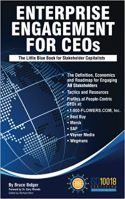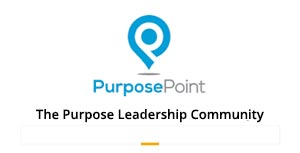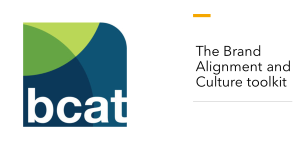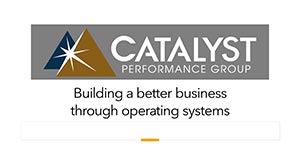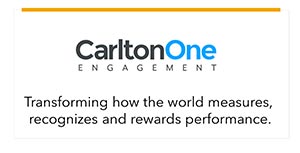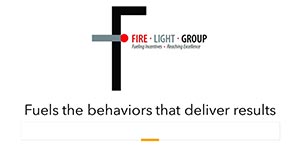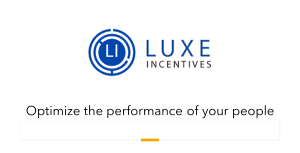Driving With Both Eyes Open: Why ROI of People Management Is the Next Business Imperative
By Bruce Bolger
Why Measuring ROI of People Management Matters
The State of People Measurement Today—Poor Across the Board
Why Organizations Fail to Measure People
What the Experts Recommend
Forecasts for Adoption
The Bottom Line Benefits
For decades, organizations have perfected measuring the return on investment of factories, buildings, and research and development; yet, when it comes to people—the employees, distribution and supply chain partners, customers, and communities who create value—most companies are still “driving with one eye on the road.” That is the central message from Jack and Patti Phillips, co-founders of the Birmingham, AL-based ROI Institute, during a recent Enterprise Engagement Alliance YouTube show.
In the world of ROI measurement and stakeholder management, they say, your stakeholders are in fact your biggest and most important investors, because without their commitment, there would be no returns for those who contribute the money.
Click here to view and/or listen to the 30-minute show.
The Phillips, widely recognized as pioneers in measurement and accountability, have dedicated their careers to helping organizations prove the value of
.jpg) investments in people. With more than 100 books, a similar number of global practitioners, and a methodology applied in 70 countries, they remain at the forefront of a movement they admit is only now beginning to gain traction.
investments in people. With more than 100 books, a similar number of global practitioners, and a methodology applied in 70 countries, they remain at the forefront of a movement they admit is only now beginning to gain traction.Why Measuring ROI of People Management Matters
Jack Phillips’ journey began with a simple question from a chief engineer at Lockheed where he worked as a young man: “What’s the ROI of our cooperative education program for engineers?” That inquiry sparked his first study that revealed not only that the program paid off but also how to improve it and elevate its strategic value.
The lesson was clear, he says: measuring ROI creates three outcomes—funding, process improvement, and strategic respect. As Phillips noted, “When you show impact, you stop being a cost center and start being a business partner.”
When it comes to the design and deployment of any type of effort involving people, Patti Phillips reinforces that hope is not a strategy. Too often, she explains, organizations invest in recognition programs, training, or events assuming they will work—but without demonstrating results. “When money gets tight, funding disappears for programs that can’t prove their value,” she explains. Those that show measurable impact, on the other hand, endure. The smartest planners build ROI into the process from the very beginning, so the CEO or CFO doesn’t have to wait weeks for answers when seeking to learn about a program’s impact.
The State of People Measurement Today—Poor Across the Board
Despite progress, both EEA guests agreed that measurement of people management is still in its infancy. Why?
- Fear of outcomes – Many program leaders avoid measurement out of fear that ROI studies will reveal poor results.
- Short-term mindset – Executives too often look for immediate returns rather than long-term stakeholder impact.
- Activity metrics instead of impact metrics – Companies focus on vanity data (likes, attendance, clicks) rather than business outcomes (productivity, retention, sales growth.)
- CEO blind spots – As Patti Phillips points out, many CEOs don’t ask the right questions because they’ve never been trained to think of human capital as measurable assets.
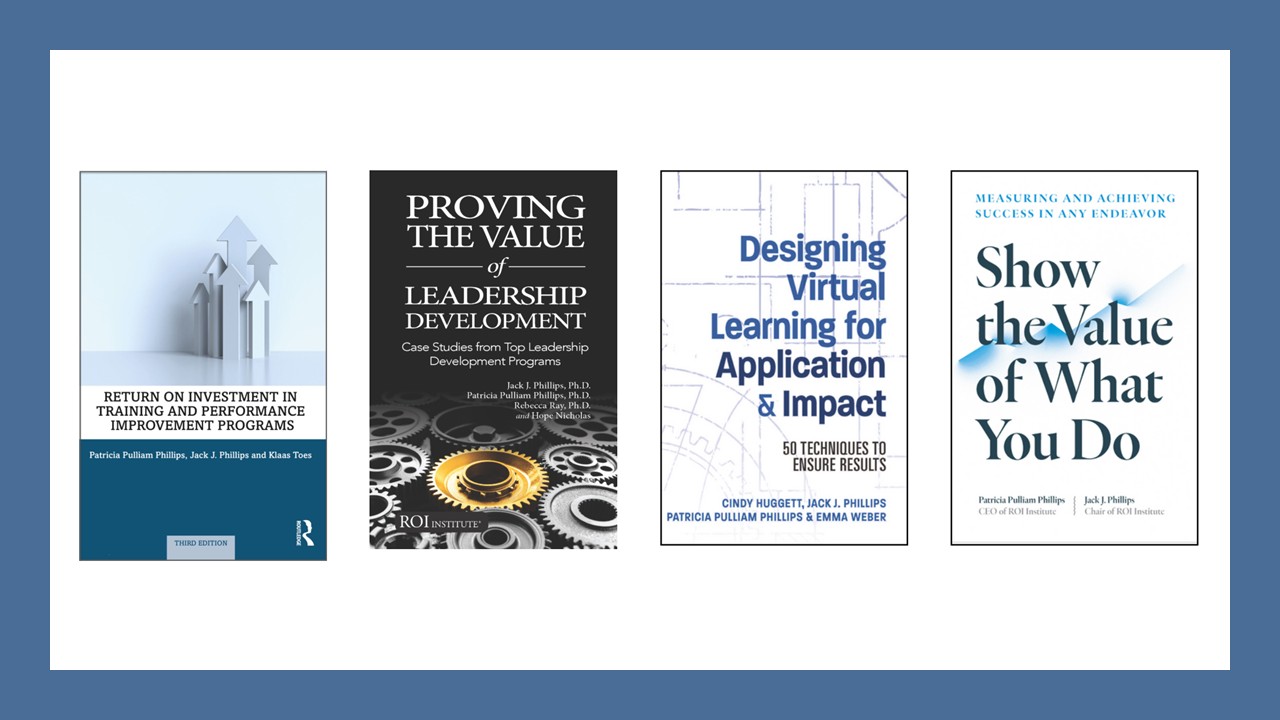 from the start.”
from the start.”
Why Organizations Fail to Measure People
The Phillips identified systemic barriers:- Silos – HR, marketing, sales, and operations often measure independently without connecting the dots.
- Lack of accountability culture – Stakeholders, from employees to boards, often are not held accountable for people investments.
- Misuse of ROI terminology – Patti Phillips noted that ROI is often misapplied as a buzzword rather than a disciplined process. This leads to confusion and skepticism.
- Chasing shiny objects – As she put it, companies are too easily distracted by the next trend instead of sticking with fundamental design and measurement discipline.
What the Experts Recommend
The Phillips methodology is straightforward and mirrors the rigor of total quality management:
- Design for impact – Start every program with clear business measures in mind.
- Follow the four key questions:
How much? (What improved?)
How do you know? (Can improvements be attributed to the program?)
What is it worth? (Does the benefit outweigh the cost?)
- Apply the full 12-step ROI process – This includes defining objectives, isolating effects, converting to monetary values, comparing to costs, and reporting results.
- Build alignment metrics – Connect employee, customer, supplier, and partner data on one dashboard to reveal interdependencies.
- Be proactive – Don’t wait to be asked. Launch programs with expected ROI projections to set accountability from day one.
Forecasts for Adoption
Both Jack and Patti Phillips are cautiously optimistic about the future of measurement:
- Investor pressure will accelerate change. Independent research, including Duke University’s Human Capital Factor validated by J.P. Morgan, shows that companies with strong human capital practices outperform market indices. As Jack Phillips says, “Investors won’t accept driving blind forever.”
- Boards and CEOs will be forced to act. As demands for accountability grow—from governments, regulators, and stakeholders—leaders will have no choice but to measure people impact.
- Technology will help. New analytics tools make it easier than ever to integrate data across functions and tie activities to outcomes.
- Cultural change takes time. Adoption may take decades, but tipping points eventually arrive. Jack Phillips hopes for a score of five out of 10 on effective practices in his lifetime. Patti Phillips is a bit more optimistic.
The Bottom Line Benefits
Jack and Patti Phillips believe the ROI of people management is not rocket science—it’s business common sense. Employees, supply chain partners, customers, and communities all invest time, money, and trust in organizations. In return, leaders have a duty to measure and demonstrate the value of those investments. Or, as Patti put it: “When it comes to results, hope is not a strategy, luck is not a factor, and doing nothing is not an option.”
Regrettably, they believe, at too many companies, this remains the case despite the significant waste.
They believe that the companies that embrace ROI for people management will not only earn investor confidence but also build workplaces and ecosystems that truly thrive.




